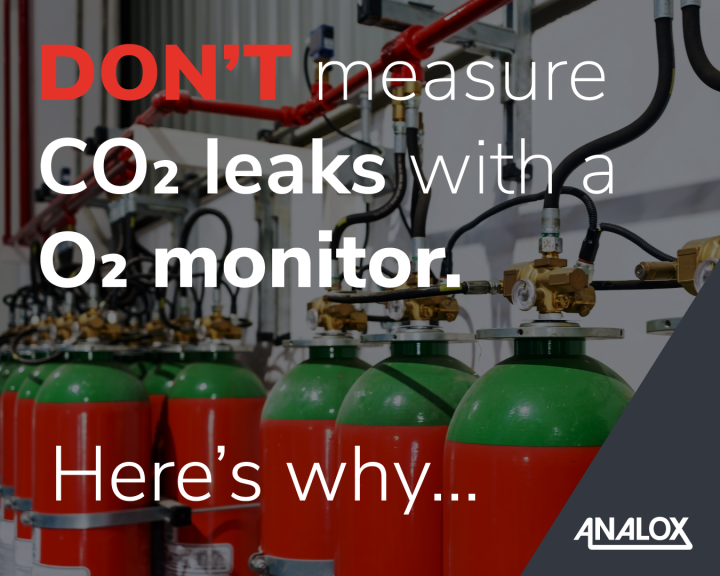DO I USE AN O2 OR CO2 MONITOR?
MAKING THE RIGHT CHOICE CAN HELP SAVE A LIFE!
Commercial gases like carbon dioxide (CO2), nitrogen (N2) and oxygen (O2) are often used in various combinations in hospitality environments including bars, restaurants and pubs or recreational facilities like stadiums, indoor arenas and swimming pools.
Carbon dioxide is a tasteless, odourless gas. While small amounts of CO2 are considered harmless, as levels of the gas increases, the negative effects on humans quickly begin to be present. Exposure to even a small amount of CO2 in an enclosed space can result in nausea, dizziness, headaches, while more prolonged exposure can lead to confusion, convulsions and ultimately loss of consciousness.
If you are using or have CO2 stored in your facility, it is critical to have a dedicated carbon dioxide monitor installed to measure toxic gas levels and provide warning alarms in the event of a leak.
Should a CO2 leak occur, the gas will quickly start to replace breathable O2 in a work area. The normal percentage of O2 in the air that we breathe is approximately 21 percent. Studies have shown the displacement rate at which CO2 replaces the O2 content can cause symptoms from just a small decrease beginning at 19.5 percent.
Oxygen monitors are designed to measure the O2 content in a work environment exclusively. The monitors typically sound an alarm when the sensor records an O2 content change of 5 percent. However, that five percent CO2 change will only result in a one percent drop in O2 readings.
The CO2 levels increase faster than the O2 levels being monitored. As a result, the CO2 buildup will cause negative reactions that can lead to sickness and unconsciousness before an O2 sensor can sound the alarm and alert anyone to a dangerous CO2 buildup.
Scientific engineers with the Analox Group regularly study current gas monitoring trends and solutions. These gas analytical experts are quick to point out that it’s important in any environment where gasses are being used or stored to use the right tool for the right application.
CO2 Calculator
There is a common misconception that if using carbon dioxide (CO2) in your facility you can stay safe by using an oxygen (O2) monitor.
The team here at Analox want to dispel this myth so we can ensure you and your team stay safe when using and storing CO2.
CO2 is a toxic gas meaning that even at relatively low levels it can have dangerous effects on the human body. In the event of a CO2 leak, the CO2 will begin to displace the O2 in the area, however, O2 sensors typically have alarm levels set at around 19.5% and 18% so by the time the CO2 has displaced enough oxygen to trigger these alarm levels the CO2 levels will be dangerously high.
If using CO2, your safety monitor must be a CO2 monitor, this is critical so you are alerted to any leaks at levels which still give you time to take action to keep everyone safe. This also helps to save you money as leaks can be addressed early and in the current times of CO2 shortages, protecting this precious resource is key to any business.
We’ve made this calculator so you can check the resultant O2 levels when the ambient CO2 level changes.
SLOT Specified level of toxicity (1 - 5% of fatalities) SLOD Significant likelihood of death (50% fatalities)
Remember: You CANNOT use an O2 sensor to measure CO2 levels. CO2 levels become hazardous to life long before the CO2 displaces enough O2 for it to trigger an O2 alarm.
The Analox Group has a wide range of CO2 monitoring solutions. Among the most popular gas analyzing devices are the AX60+, the ACG+, Apsida and CO2 Buddy.
